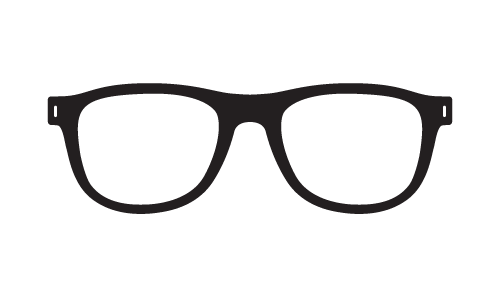Images are an important part of a website and can be used to improve the user experience and attract more visitors. However, images can also slow down the website if they are not optimized correctly. Here are some tips on how to best optimize images for a website.
1. Choose the right file type: Different file types have different sizes, so it’s important to choose the right file type for each image. JPEG and PNG are the most common types of image files, and most websites use JPEG for photographs and PNG for graphics.
2. Compress the images: Compressing images can reduce their file size without affecting their quality, making them load faster on the website. There are many tools available online that can help to compress images.
3. Optimize the size: The size of an image can also affect how quickly it loads on a website. It’s important to make sure that the images are the right size for the website and aren’t too large.
4. Use alt tags: Alt tags are a text description of an image that can help to make it easier to find for search engines. They are also important for accessibility, as they can be read by screen readers.
5. Use lazy loading: Lazy loading is a technique that can help to make sure that images only load when they are needed, reducing the overall page load time. It is especially useful for websites with lots of images.
6. Use responsive images: Responsive images are images that can be scaled to different sizes depending on the device they are being viewed on. This can help to improve the user experience and make the website load faster on mobile devices.
7. Optimize thumbnails: Thumbnails are smaller versions of images that are often used in galleries and other places on a website. It’s important to optimize thumbnails, as they can take up a lot of space if they are not optimized correctly.
By following these tips, images can be optimized for a website, making it faster and more user-friendly. This can help to improve the user experience and attract more visitors, leading to more customers.


